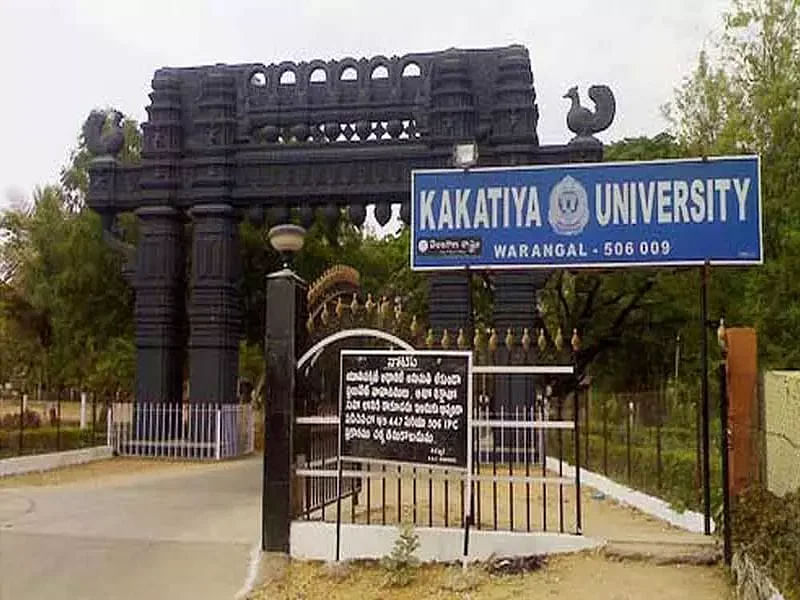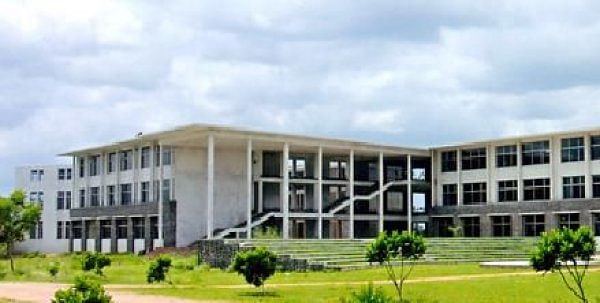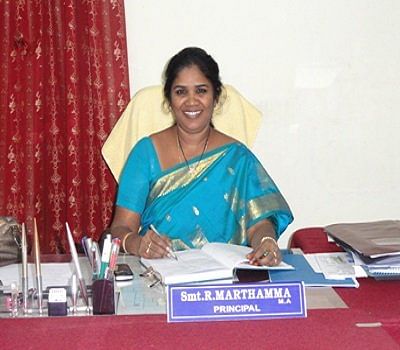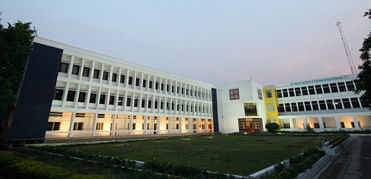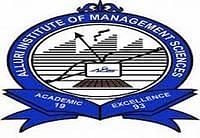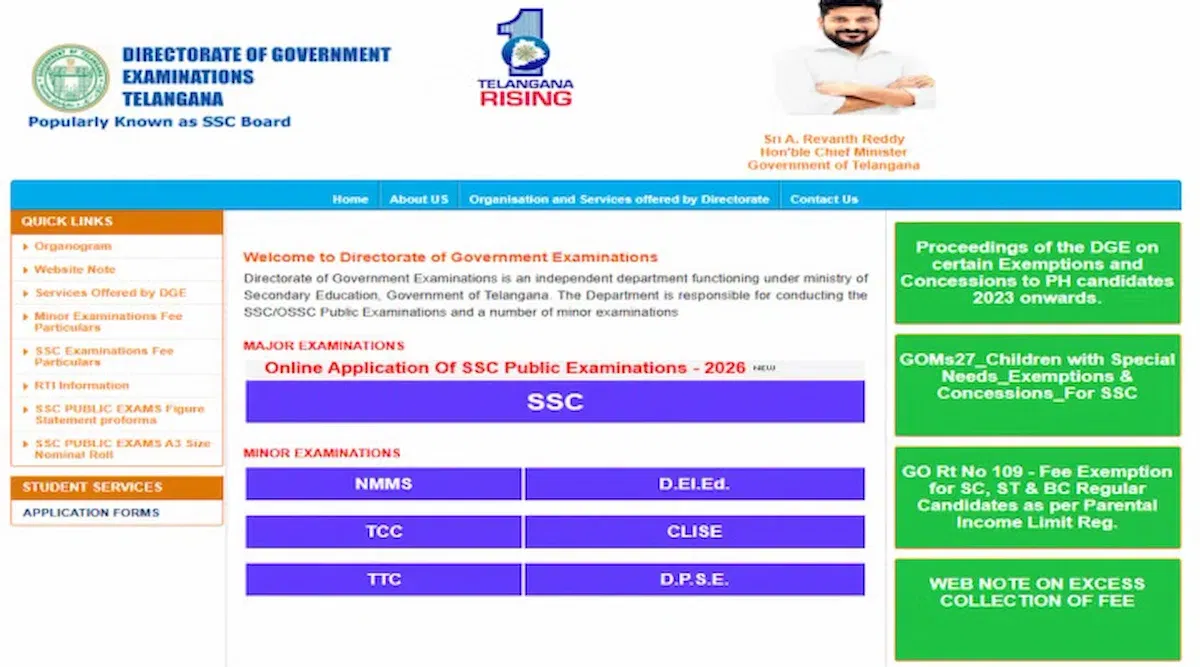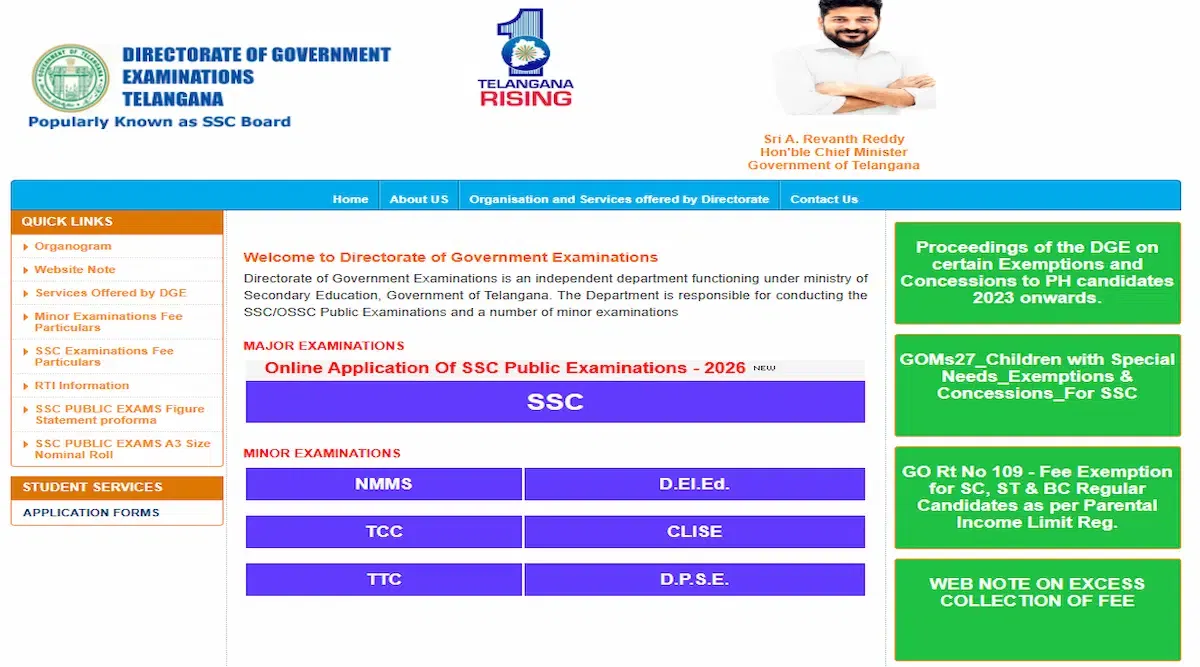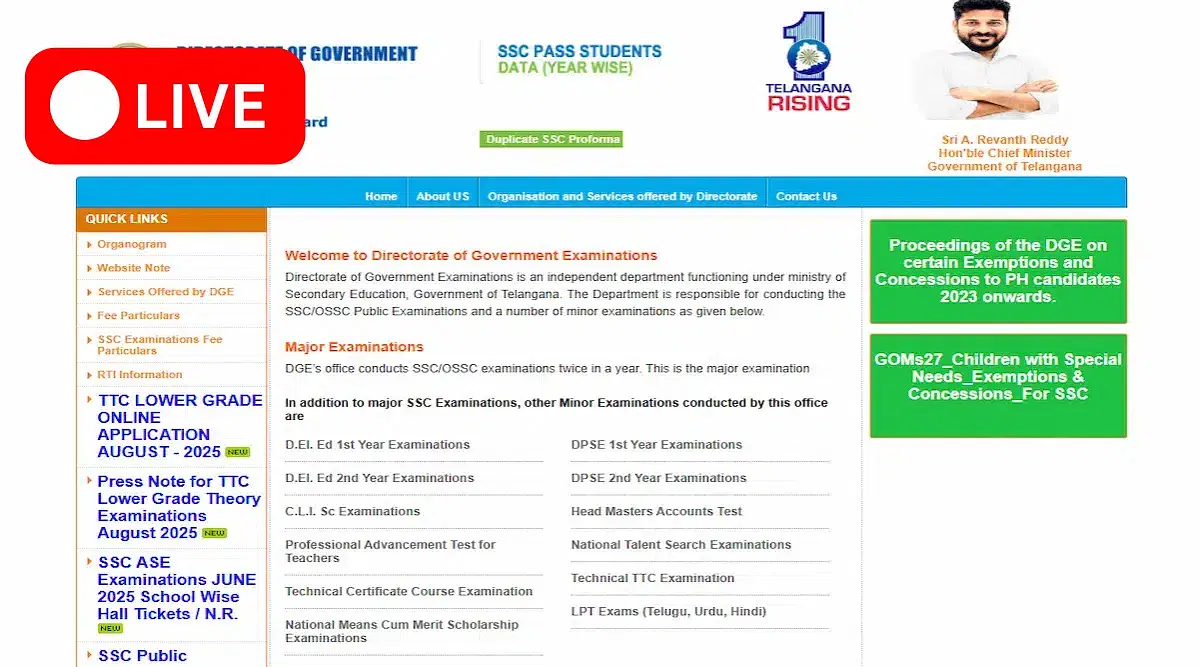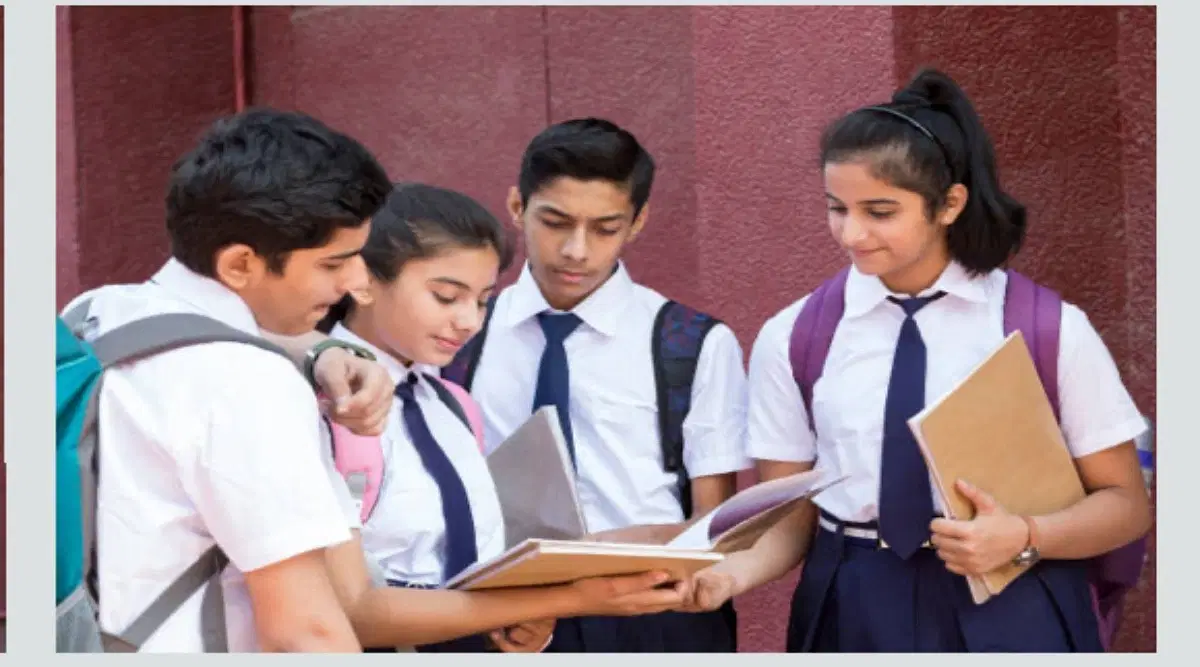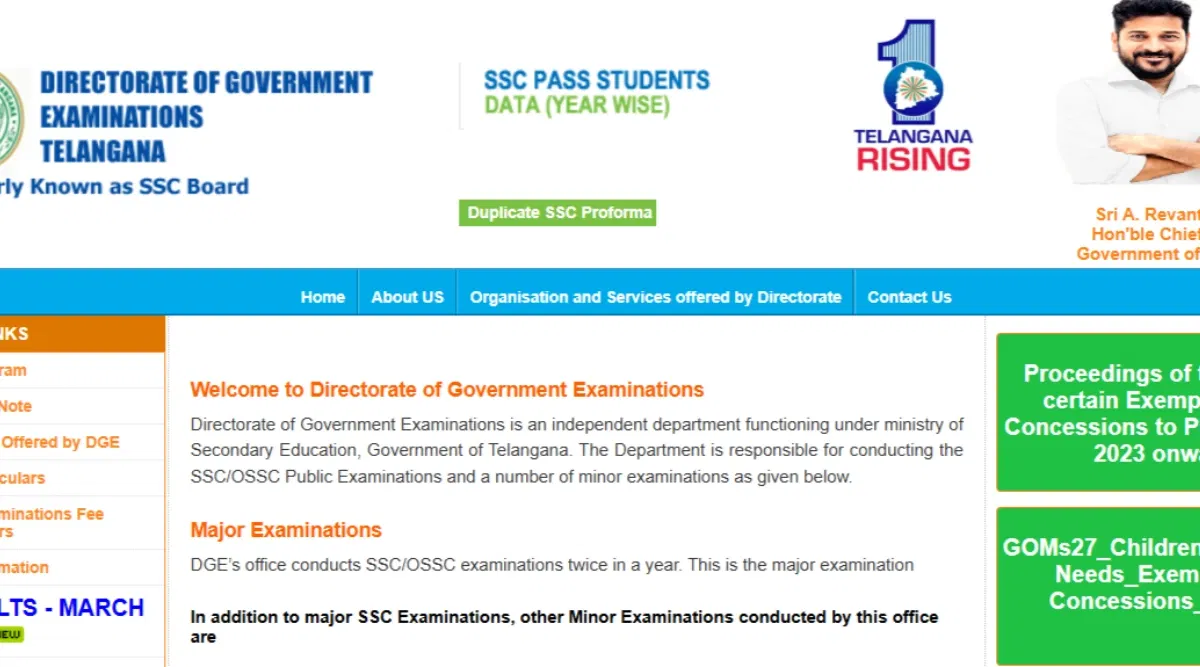TS SSC Maths Syllabus 2026: Download Latest and Revised TS SSC Maths Syllabus PDF
Table of Contents
The TS SSC Math Syllabus 2026 is posted in PDF format on the official website of the Board of Secondary Education, Telangana, at bse.telangana.gov.in. TS SSC Maths is a compulsory and fundamental subject, in addition to four other main subjects: science, social science, first language, and second language. In total, the TS SSC Syllabus 2026 for Maths consists of eight chapters. Algebra, Geometry, and Trigonometry are the chapters with the highest marking weights, with marks weights of 20, 12, and 10, respectively. Papers 1 and 2 of TS Board 10th exam 2026 comprise the entirety of the Telangana 10th Maths question paper.
The TS SSC Math Exam 2026 will have a cumulative score of 80, with each paper earning 40 marks. The remaining 20 marks will be allocated for internal evaluation. The Telangana Board SSC Maths exam 2026 will be administered by the state board for a duration of 3 hours and 15 minutes. It is recommended that all students who are preparing for the TS SSC Board 2026 consult the Telangana 10th Maths Syllabus 2026 to gain a more comprehensive understanding of the topics that will be addressed in the examination and to prepare accordingly. The TS SSC syllabus is released by the state board for all regular and private students. The TS SSC examinations 2026 will be administered in a pen-and-paper format in April 2026. To obtain a comprehensive understanding of the TS SSC Math Syllabus 2026, please read the entire article.
TS Board Class 10th Maths Syllabus
Candidates can check from the table below the detailed TS SSC Math Syllabus 2026:
|
Chapters |
Chapter names |
Topics |
|
Chapter 1 |
Real Numbers |
Introduction, HCF Some number generalisations
|
|
Chapter 2 |
Sets |
Equal sets. Subsets, subsets of the set of real numbers. Universal set and cardinality of sets.
Sets, subsets – Disjoint sets.
Union, intersection, and difference of sets. |
|
Chapter 3 |
Polynomials |
|
|
Chapter 4 |
Pair of Linear Equations in Two Variables |
|
|
Chapter 5 |
Quadratic Equations |
|
|
Chapter 6 |
Progressions |
|
|
Chapter 7 |
Coordinate Geometry |
|
|
Chapter 8 |
Similar Triangles |
Similar triangles Definition, illustrations, and characteristics of related triangles.
|
|
Chapter 9 |
Tangents and Secants to a Circle |
|
|
Chapter 10 |
Mensuration |
Surface area and volume
|
|
Chapter 11 |
Trigonometry |
Proof and applications of the identities sin2A + cos2 A = 1 1 + tan2A = sec2A cot2A + 1 = cosec2A |
|
Chapter 12 |
Applications of Trigonometry |
|
|
Chapter 13 |
Probability |
|
|
Chapter 14 |
Statistics |
|
TS Board Class 10th Maths Syllabus: PDF Download
Candidates can click on the link given below to download the TS Board Class 10th Maths Syllabus PDF:
Also Read: TS SSC Exam Pattern
How to Download TS Board Class 10th Maths Syllabus
The Telangana SSC Math Syllabus 2026 is available for download on the Telangana State Board's official website.
Step 1: The Telangana board's official website must be accessed by students.
Step 2: Locate the Quick Links section on the homepage.
Step 3: A hyperlink to the 2026 TS Class 10th syllabus is available.
Step 4: A new window will be displayed on your screen, displaying the syllabus by subject.
Step 5: To obtain the TS SSC Maths syllabus, click on the syllabus PDF.
Step 6: Save the syllabus PDF for future reference.
Preparation Tips for TS Board Class 10th Maths Syllabus
Here are a few suggestions to help you prepare for the TS Board Class 10th Maths syllabus:
- Comprehend the syllabus: Thoroughly examine the syllabus and identify critical chapters, including real numbers, polynomials, trigonometry, and statistics.
- Concentrate on the Fundamentals: Enhance your comprehension of basic concepts. Exercise your problem-solving skills by systematically taking each step.
- Formulate a Study Schedule: Allocate a specific amount of time for each chapter in accordance with its significance and level of difficulty.
- Practice for 2-3 hours each day to ensure that all topics are thoroughly covered prior to the exams.
- NCERT Textbook: Adhere to the TS SCERT textbook and resolve all exercise problems in accordance with the board exam pattern.
- Practice papers from previous years: Solve sample papers and question papers from previous years to gain insight into the format and categories of questions that will be asked on the exam.
- Focus on Weak Areas: Identify the subjects that you find challenging and allocate additional time to practice them. If necessary, seek assistance from instructors or colleagues.
- Revision: Revise formulas, theorems, and significant concepts on a regular basis. Before exams, write concise notes for immediate review.
- Exam Time Management: Improve your quickness and accuracy for the actual exam by practicing solving papers within the designated time frame.
Effectively preparing for the TS Board Class 10th Maths exam will be facilitated by the implementation of these strategies.
